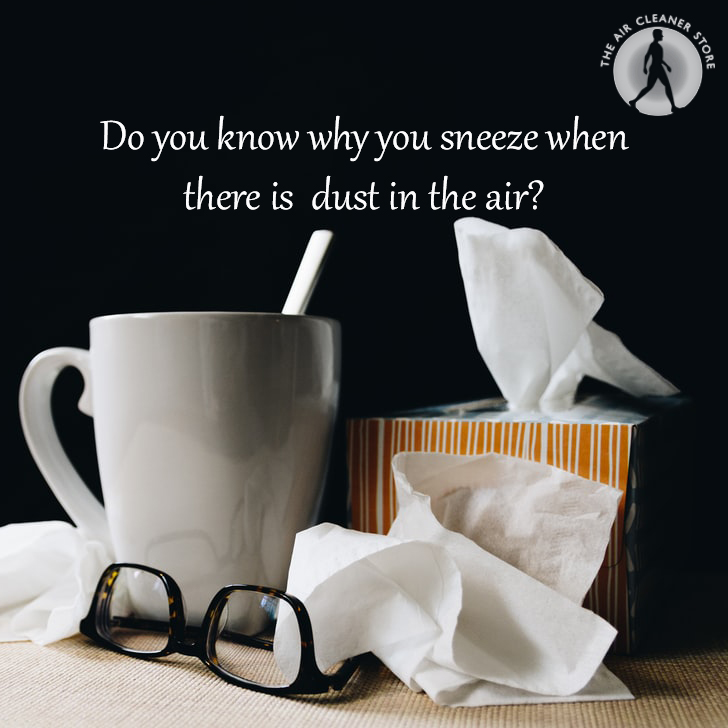The amount of dust that you are exposed to depends on where you live and the time of the year. Dust consists of airborne particles and scrapes mainly made of dry, solid matter on the ground’s surface. Ultimately dust finds its way into our homes from the outdoors. When it comes to the dust in our homes, it’s a lot more than just scrapes of ground and dirt. It is a mix of soil particles like hair, clothing fibers, pollen, bacteria, dust mites, sloughed-off skin cells, bits of dead bugs, and microscopic specks of plastic. Our guide helps you to manage your dust allergy.
All of these bits and pieces build up on our furniture, floors, carpets and windows. Regular cleaning, airing, washing and maintaining our homes enable us to get rid of a lot of the visible parts of the dust. But, as mentioned previously, house dust is made up of many particles, most of which are invisible to the human eye. The most common and problematic ones are dust mites.
These tiny fellas live in our mattresses, pillows and furniture. Fortunately they don’t feed on our skin and for most people if managed properly they aren’t so much of an issue. However, they can cause a lot of complications and problems for anyone with asthma, allergies, a weakened immune system or any kind of respiratory condition. The main trigger for someone with allergies is their dead bodies, shells and feces that became a part of the air in our homes where they are present.
If you have been diagnosed with allergies, or you just have a sensitive nose, here is a guide on how to stay on top of your dust and triggers.
Consider replacing wall to wall carpets in your home with tiles, wood, stone or linoleum.
Wash your bed linen and blankets with hot water once every two weeks. Dust mites can only survive in room temperature, and damp places- so exposing them to hot water does a good job or eliminates them.
For items that can’t be washed, place them in the freezer for 24hours.
Consider replacing wall to wall carpets in your home with tiles, wood, stone or linoleum.
Carpets that can’t be washed are often the enemy for a person who suffers from allergies. If this is the case in your home, consider replacing rugs with a surface that you can wipe out regularly.
When you are dusting, make sure to use a damp or wet cloth.
Dry dusters only spread the dust to other areas. While it may seem like a duster made your cupboards clean, what it really did was spread the dust in the air temporarily before it lays down and spreads to another surface.
Get a high quality air cleaner
Air cleaners are one of the best solutions to managing dust and airborne parties.
High quality air cleaners like HEPA technology filtrate the air in your home up to 99.7%. Not only will it remove dust mites, but will make sure the quality of the air in your home is the best it can be.
When you vacuum and clean, open your windows to air out the room.
While vacuuming does a great job on removing the dust and dirt from your carpet, it doesn’t do so well with the air in your home. The mechanism releases a lot of airborne particles and some of the dust back into the air. Opening a window during your cleaning sessions can help air out some of these particles and bring in some fresh air.
Wash curtains with hot water once a week or replace them with roll shades.
Same as your carpets, blankets and bed linen, your curtains are a place where dust mites live! Regular washes in hot water can help you keep your home and air fresh. If you have long and heavy curtains which are a hassle to take down and put up so frequently consider replacing them with roll shades which you can just wipe down instead.
Consider dust mite covers for your mattress and box spring.
Your mattress, believe it or not, is the favourite place for little small organisms like dust mites and bed bugs to live. When facing an allergy condition, encapsulating your mattress can make the biggest difference in your health.
